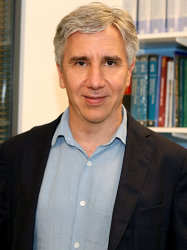BibTex format
@article{Lai:2021:10.1021/acs.est.1c01368,
author = {Lai, A and Lee, M and Carter, E and Chan, Q and Elliott, P and Ezzati, M and Yan, L and Wu, Y and Yang, X and Zhao, L and Baumgartner, J and Schauer, J},
doi = {10.1021/acs.est.1c01368},
journal = {Environmental Science and Technology (Washington)},
pages = {15969--15979},
title = {A chemical investigation of household solid fuel use and outdoor air pollution contributions to personal PM2.5 exposures},
url = {http://dx.doi.org/10.1021/acs.est.1c01368},
volume = {55},
year = {2021}
}

